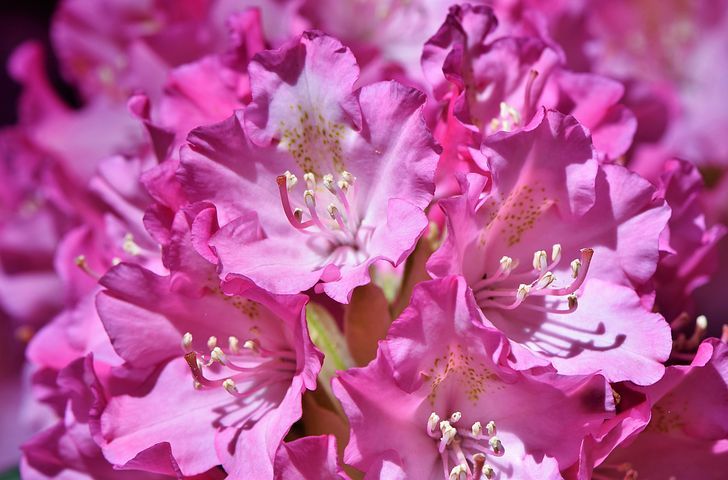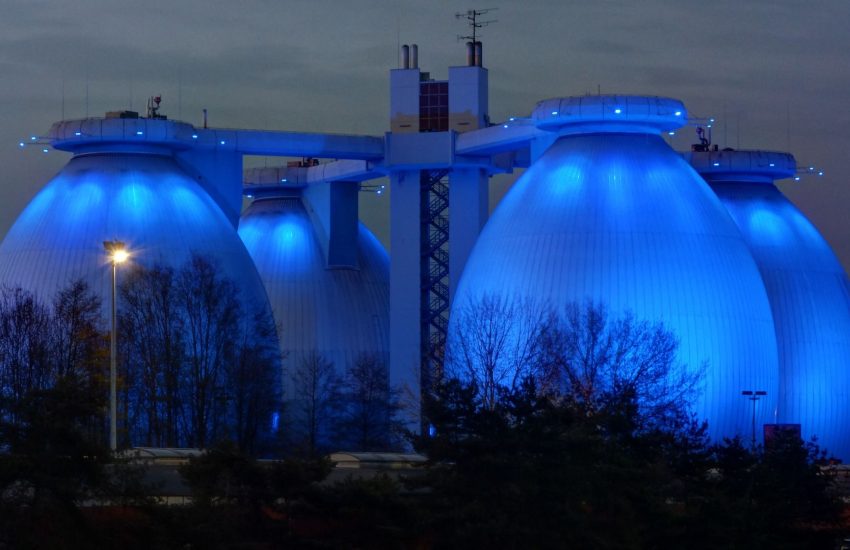Rhododendron all about the popular plant!
Rhododendron: all about the popular plant!
Rhododendron is famous for its many common names and its considerable requirements when it comes to conditions, cultivation and care. Nevertheless, the rhododendron, also known as rhododendron and azalea, is very popular in Poland. The shrub from the heather family enchants with its beauty, and it is no wonder that so many people decide to provide the plant with ideal care.
Today we will tell ourselves everything about the popular plant: cultivation, planting, fertilization!
Rhododendron, what kind of plant it is?
Rhododendron (rhododendron): as among many plants, the name of rhododendron is derived from the Greek language. Rhododendron translates to rose tree. Other well-known names of the plant are rhododendron and azalea.
Specific names are associated with varieties, of which the rhododendron has many.
Where rhododendrons come from? Most of the varieties, of which there are about 1,000, come from Asia, precisely from the regions of East Asia. The presence of rhododendrons and azaleas is also typical in Poland, we even have one variety that grows „in the wild”, perfectly coping with the changing conditions in our climate zone.
Rhododendrons and azaleas are considered one plant species, while in practice this distinction is still used. Why the shrub has so many names? It is accepted that azaleas are those varieties of rhododendron that lose their soft, pleasantly hairy leaves for the winter.
Evergreen varieties that have leathery leaves, resistant to frost, are called rhododendrons.
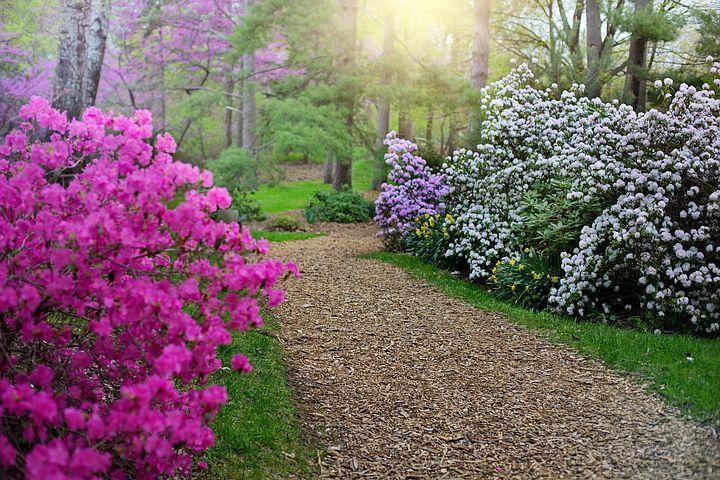
What rhododendrons look like?
Due to the notable number of varieties, it is difficult to accurately describe all rhododendrons, which can differ significantly from each other. Azaleas and rhododendrons can grow up to a dozen centimeters, and at the same time we distinguish varieties, when from a small plant develop impressive shrubs or trees several meters high. However, most often they are potted flowers or trees growing up to a maximum of 4-5 meters.
In the most general terms, however, rhododendron bushes can be compared to the flowers of a rose. However, the flower shrubs described today have a much richer color palette. Rhododendrons are among the most popular ornamental shrubs for good reason. During the flowering period, the bush is directly all covered with buff „bouquets” of flowers in various shades of pink. The beautiful fragrance of rhododendrons is the icing on the cake of this wonderful shrub, able to add magic in any garden.
Not surprisingly, rhododendrons are also familiar to those who are not necessarily familiar with garden plants.
As long-lived trees, azaleas and rhododendrons take a long time to develop. After all, they have a lot of time. Rhododendron evergreen leaves are large, leathery and dark green in color.
From underneath they seem to be gray-green, interspersed with nerves. They stay on the bush all year round, unlike the leaves that adorn azaleas. Slightly smaller, hairy leaves discolor in winter and gradually fall to the ground.
Professionally, the flowers are described as gathered in umbels. They bloom very densely and are visible from a distance. As for the richness of color, pink dominates, but we can easily meet white varieties, as well as in various shades of red, up to purple.
It is because of the lush flowers that azaleas and rhododendrons are so well known.
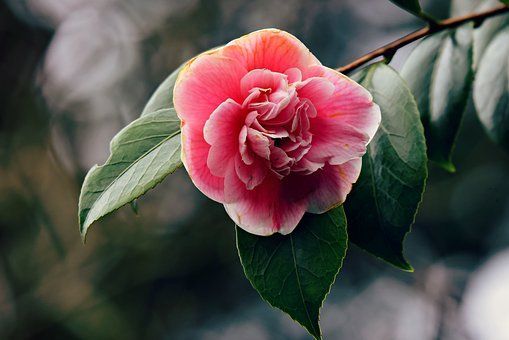
Propagation and planting of azaleas
The beautiful species of heath plants has many admirers in Poland, who passionately devote themselves to the care of the plant. Cultivation of rhododendrons is not one of the easiest, but this does not at all prevent the plant from being a real star of Polish gardens.
Cultivation of rhododendrons begins with planting a selected variety in the ground. Before buying, it is worth checking whether the variety will definitely cope with the soil you have in the garden area. And if you already have a rhododendron in the garden and want to propagate it, you have 2 ways:
- Grafting, Which is a method practically not recommended for rhododendrons.
- Branches, That is, the cutting of a shoot in order to develop a new root system. The condition for propagating shrubs in this way is a mature plant and shoots that grow low to the ground.
- Shoot cuttings, Which will bear fruit with an identical plant to the parent shrub. Shoots for cuttings are cut off in late summer, choosing such specimens that have a leaf bud.
Soil requirements of rhododendrons
Rhododendron shrubs have high soil requirements. Provide the plants with fertile, humus-rich, permeable and acidic soil. The required pH of the soil should be in the range of 3.5 – 5.5.
For all this, the soil must have adequate moisture at all times.
The site for growing rhododendrons should be properly prepared, and the place for the plant should be chosen wisely. Rhododendrons like partial shade, so it is good to choose a sheltered position for the shrubs, for example, with a tree.
It is recommended that the position under the rhododendron bushes be enriched with natural fertilizer. It can be leaf compost or manure.
Plant rhododendrons into the soil with a root ball. The best time to plant rhododendrons into the ground is in spring or early autumn.
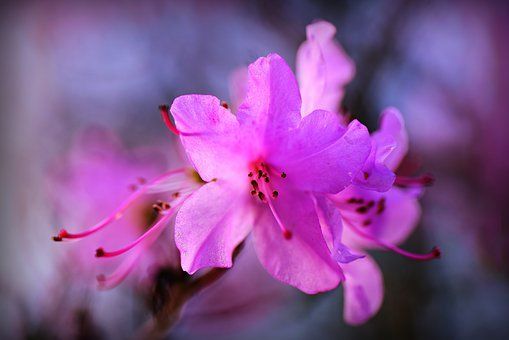
Rhododendron cultivation
Cultivation of one of the most beautiful heath plants is a struggle to find the perfect soil for the plant and to provide it with an appropriate degree of watering. Although rhododendron likes partial shade, it will also bloom when exposed to sunlight. In case of a sunny place, it is worth remembering that rhododendrons will need more water.
The soil on which rhododendrons grow must be constantly moist. The biggest enemy of shrubs is drought. It is advisable to litter the ground around the rhododendrons with a reasonable amount of composted bark, which perfectly retains the moisture necessary for the proper growth of the plant.
Fertilization and pruning of azaleas
We can safely trim the rhododendron only when the shrub has a well-developed root system. Rhododendrons with poorly developed roots after pruning may fail to re-develop, not being able to develop new shoots.
However, if the roots of the shrub do not arouse our doubt, it is worth knowing that rhododendrons tolerate cutting well, by which we are able to give the plant an aesthetic shape. However, it is not necessary. In addition to this, rhododendrons require that wilted flowers and inflorescences be removed, as this stimulates the flower shoots to produce new flowers.
As for fertilization, the care of rhododendrons in the garden in this regard also requires a lot of balance. Rhododendrons are sensitive to the salinity of the soil, and as we know, fertilizer contributes to the salinity of the soil. Nevertheless, the shrubs should be watered and fertilized regularly.
It is worth fertilizing the rhododendron with a fertilizer specially designed for azaleas. Fertilizer should be acidic. In the case of these plants, fertilizers with prolonged action are most often chosen.
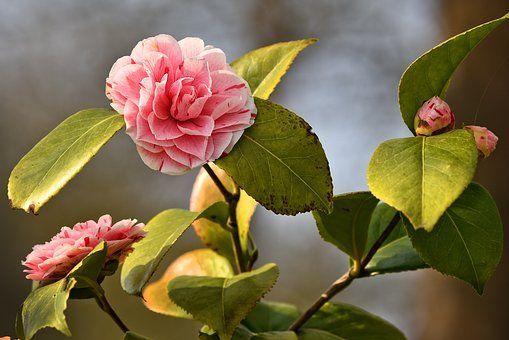
Winterization of rhododendrons
Rhododendrons are perennial shrubs, they are not afraid of winter. Species also require watering in winter, except that we do not water it as abundantly as in spring or summer. The garden in autumn and winter will certainly not run out of water, but on days of exceptionally dry weather it is worthwhile to irrigate the rhododendron additionally. We should not water the flowers in the evenings when frosts are approaching.
Clumps of ice around the shrubs will not have a beneficial effect on the plant.
Although rhododendron shrubs tolerate winter well, frosts occurring in late autumn or late spring are very unfavorable for rhododendrons. Why? Before the onset of winter, the shrub is still „active”, it has not yet gone into dormancy.
The sap present in the plant freezes, and the plant dies. A similar situation occurs in the spring, when the rhododendron wakes up to life, and a sudden frost prevents it from doing so.
Is it possible to prepare somehow for the effects of winter? Yes, proper care is recommended. It is best not to fertilize rhododendron with nitrogen when the summer lasts.
It is the nitrogen contained in fertilizers that stimulates the shoots to rise in autumn.
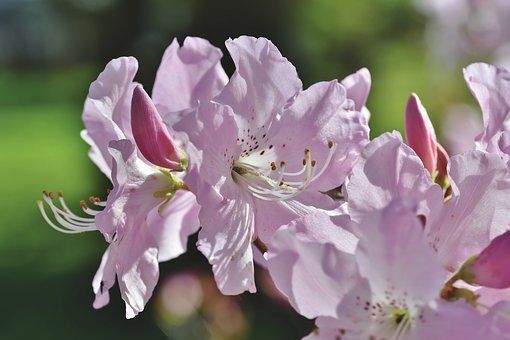
What diseases the azalea is prone to?
Rhododendrons, which are cared for without difficulty, are quite resistant to diseases and pests, but most often we have no control over whether some disease or pest decides to attach itself to the bush „attach itself”.
The enemy of azaleas are various species of insects, for example, the Rhododendron Whitefly, or the Azalea Kibitnik. The real bane is, of course, fungi.
- Powdery mildew: the characteristic feature of this disease is a white coating on the surface of the leaves. Flowers may be distorted or will not develop at all. The remedy for this disease is to spray the rhododendron with a fungicidal specificity,
- Blight of shoot tips: a fungal disease that starts with browning of the shoot tips. Gradually, the blight moves further along the bush, which dies, losing leaves and flowers. The way to fight the disease is to cut off the infected parts of the shrub, and the rest must be sprayed with a special fungicide.
- Phytophthora: a fungal disease that attacks rhododendrons not from the ends of the leaves, but acts on the roots. The leaves begin to turn brown and curl characteristically. The symptoms are unstoppable, the disease develops, and we can only dig up the plant and burn it to the ground. Phytophthora is incurable, and when you recognize it on one of your shrubs, act immediately to protect the rest of the flowers in the garden.
- Leaf spot: a disease also caused by fungi, fortunately not as dangerous as its predecessor. The symptom of the attack of this fungus is the browning of the surface on the leaves. The leaves and the whole plant should be sprayed with a special preparation with fungicides.
It is worth preventing diseases of the plants of this species, protecting them from frost attacks, watering and fertilizing them properly. Gardeners who decided to plant the azalea in the right soil, took care of the roots and the right place for the shrub, will notice that their beloved beautiful plant is less susceptible to pests and diseases.
Can rhododendrons be repotted?
At a certain time, rhododendrons can be dug out of their existing soil and planted in a new place. However, it is best to do this as a last resort. If our plant has established itself brilliantly in its current location, transplanting it to a new one may come as too much of a shock.
It is best to choose a date in spring or early autumn, when the plant is in the growing season. At this time rhododendrons have a chance to slightly endure the change of soil. The key to the proper rooting of the shrub is the warmth of the soil, which is appropriate at the time indicated above. The soil should be warm immediately after planting the shrub or soon, shortly after placing the rhododendron in the soil.
There are definitely more supporters of repotting the azalea in autumn.
Transplanting should be planned in advance. One year before the change of environment, the shrub should not be pruned. Why?
This is related to the shoots, which appear and bloom only when the plant is stably rooted.
The process of transplanting a rhododendron, how to do it right?
Transplant the rhododendron in stages. Only then we have a chance to protect the plant from too much shock. It can be said that meticulous preparation and step-by-step action is a forecast of 100% success.
- The root ball should be dug around March or April. Before transplanting, look at the roots. If there is no main root in the clump, but many smaller ones, it is a good prognosis.
- We create a radius around, which should be as wide as our plant is tall.
- The soil should be loosened.- Shovel.
- Along the dug circle you need to mark out a groove, which you fill with fertile peat soil, ideal for this type of garden trees.
- The area prepared in this way provides encouragement to the cut roots, which will quickly begin to grow new root bundles.
The month in which we get down to the actual digging and transplanting of the tree should be October or November. The hole in which we will replant the shrub should be half the size of the dug root ball. We sprinkle the dug hole with compost or peat, and only after that place the plant in the soil.
Despite its various requirements, large size and susceptibility to disease, azalea does not lose its popularity. Loved in Poland and Europe, an excellent decoration for the garden. We sincerely encourage you to try your own hand and see how beautifully these magnificent trees bloom, especially with care grown in your own garden.
